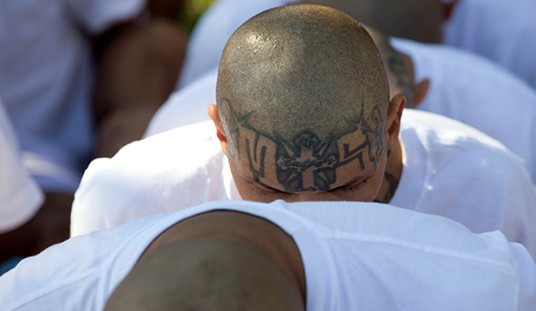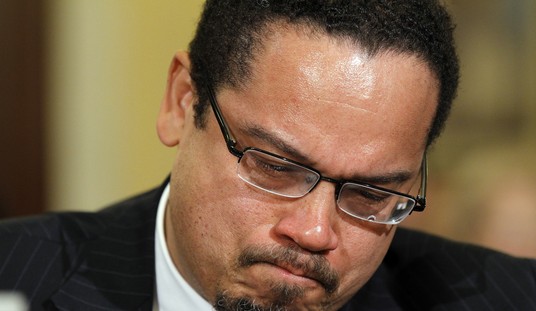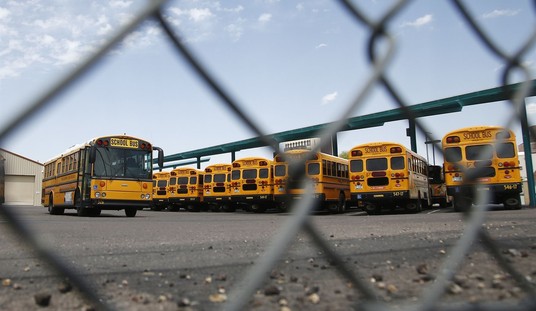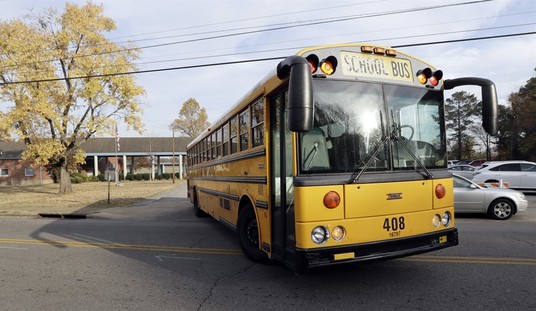By 1966, the air war in Southeast Asia had settled into a routine. Navy Alpha strikes came in from carriers based in the South China Sea. Close air support came from a variety of locations. B-52s flew Arc Light missions against undefended targets. The USAF launched strikes out of Thailand. Because we were fighting a fairly unsophisticated enemy, we fell into some dangerous habits. The worst of that trait was exhibited by the USAF in Thailand.
Strike aircraft were composed of two primary types, the F-105 and the F-4. The F-105 Thunderchief that had been designed as a nuclear strike aircraft then repurposed into a conventional strike aircraft and “Wild Weasel” aircraft that engaged in shoot-them-in-the-face combat with North Vietnamese SAMs. Theoretically, the F-105 was a fighter but in reality its maneuverability was very limited. The F-4, as they say, was proof that if you strapped enough jet engines onto something you can make it fly. It was big and powerful and maneuverable enough that it could go air-to-air and have a great chance of being the victor.
The North Vietnamese, not being slouches, had focused on the strikes from Thailand as the highest payoff target. Over time they had noticed that F-105 and F-4 flights were pure, that is, they were composed on only one type of aircraft. The flights used the same routes — though the F-4s and F-105s didn’t fly the same routes — day after day (really, we did know better than this but the military is nothing if not a huge bureaucracy). The flights used the same call signs day after day. In short, it became easy for the North Vietnamese Air Force to send up their meager inventory of MiG-21s to challenge the F-105s and stay scarce when the F-4s were in the area. Even though they scored few kills, they could keep an entire strike package from its target by attacking it enroute.
Things changed in September 1966 when Colonel Robin Olds took command of 8th Tactical Fighter Wing at Ubon, Thailand.
He was a West Point grad. He’d played football, defensive and offensive tackle at 6’2″, 205-lbs. In the 1942 Army-Navy Game he had both front teeth knocked out but kept playing. He was commissioned into the Army Air Corps and assigned to a P-38 Lightning squadron. On August 25, 1944 he shot down two German aircraft, one of those victories he scored while gliding with two dead engines. Eventually he scored 5 kills in the P-38 before transitioning to the real killer, the P-51 Mustang. When the war ended he was 22 years old and had been credited with 12 aerial victories and another 11 on the ground. He missed service in the Korean War but struck up a lifetime friendship with Chappie James, who became the first black 4-star in the USAF. James was his deputy commander when he Olds took command of the 81st Tactical Fighter Wing (RAF Bentwaters) in 1963.
When Olds arrived in Thailand he was underwhelmed. Olds was a fighter pilot of the old school who would not survive today. From Badass of the Week:
Robin Olds was an old-school blood-and-guts fighter pilot who pulled more Gs on his way to the bathroom than most mortal men ever dared to experience in their entire lives, and he could dogfight his way out of everything from a swirling flak-covered World War II air battle to the virtually-impossible final level of Ikaruga, then go home and sleep with his supermodel pin-up girl wife. This was a charismatic, hardcore air warrior who knew the importance of keeping his interviews short, his inverted barrel rolls tight, and his machine gun bursts controlled, accurate, and as fatal as a mouthful of napalm.
What he saw in Thailand was lethargy, low standards, and lack of purpose. Olds was not about any of those things. He demanded that his trusted deputy, Chappie James, be assigned to help him turn things around. When he arrived they became known as “Blackman and Robin” by the wing.
Just as the North Vietnamese were not slouches, neither was Olds. He realized what they were doing. And he had a cure.
He realized that the F-105 and F-4 formations used the same approaches time after time, and the SIGINT analysts in Hanoi became expert in identifying the more vulnerable F-105 “Thuds” from the F-4 Phantoms, from their radio frequencies and call signs. So Olds decided to fly Phantom F-4s using the same routes, altitude, and callsigns as the F-105s, ambushing the MiG-21s that would be guided towards them, expecting to find Thunderchiefs, and when they realized the truth, it would be too late for them.
After weeks of preparation, Olds was ready to launch his masterpiece on January 2 1967: Operation BOLO.
On Jan. 2, 1967, 8th TFW F-4s entered North Vietnam from the west using the same route, altitude, and formation as an F-105 bomb strike. They also carried and operated electronic jamming pods used by F-105s. The North Vietnamese took the bait, and the MiGs came up to intercept what they thought was an F-105 strike. At the same time, 366th TFW F-4s came into North Vietnam from the east to block the MiGs’ escape to China and to orbit their bases, preventing the MiGs from landing.
Despite some problems caused by the overcast weather, OPERATION BOLO was triumphantly successful. During the 12-minute engagement, seven North Vietnamese MiG-21s — about half of their operational force — were shot down with no USAF losses. Four days later, another ruse, this time mimicking an F-4 reconnaissance flight, shot down two more MiG-21s. These crippling losses greatly reduced MiG activity for several months.
In less than a week, Olds swept the North Vietnamese Air Force from the skies.














Join the conversation as a VIP Member